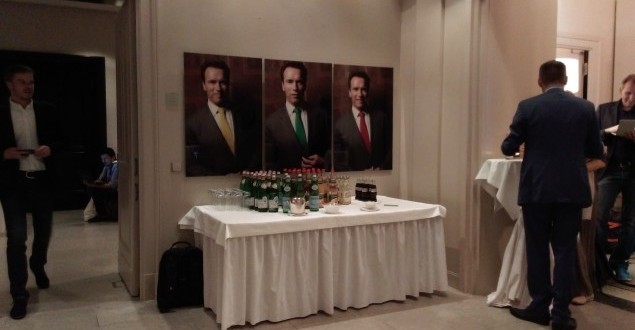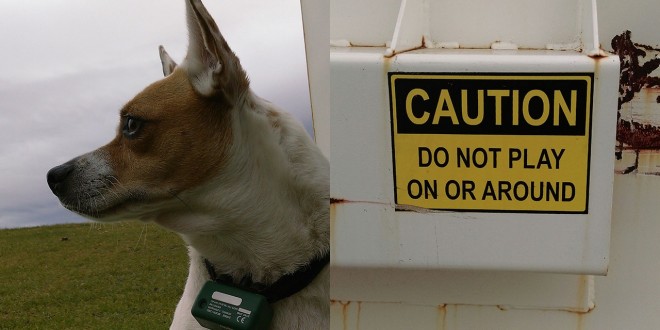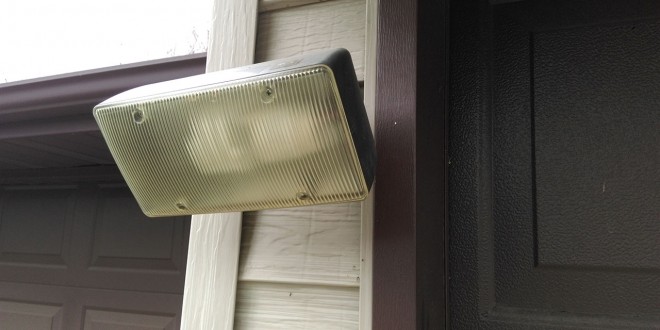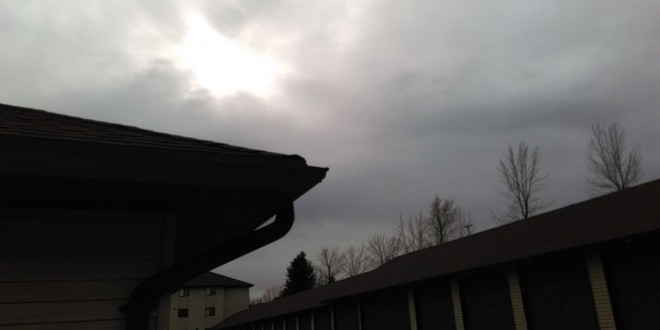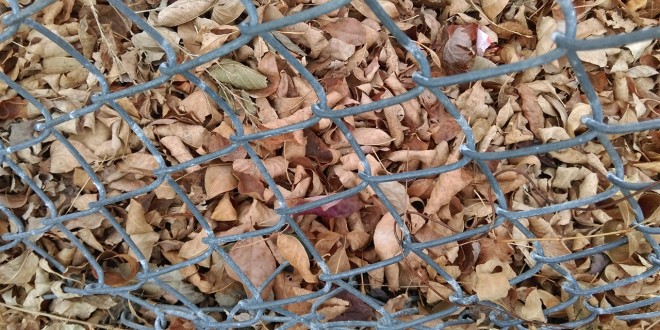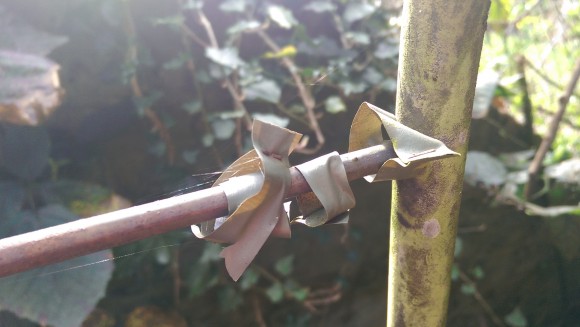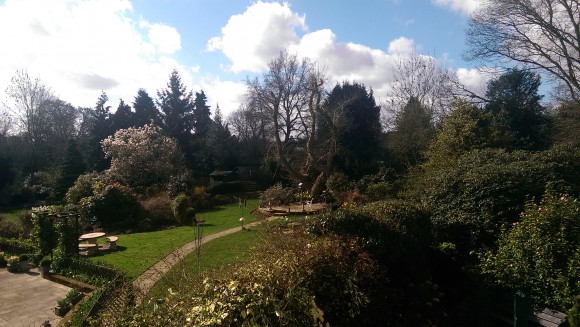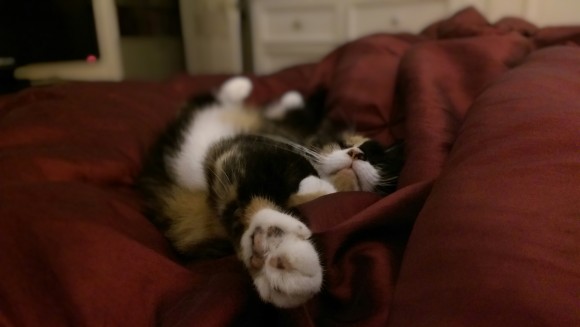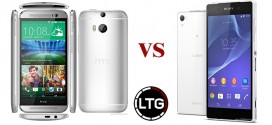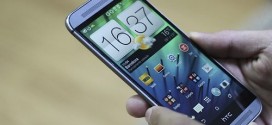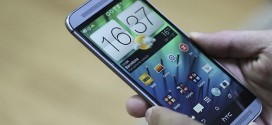The HTC Desire 820 and HTC One M8 are two of the best releases from HTC before the whole camera-focused Desire Eye came to light. Since the newer smartphone might not be as accessible as the older models, we though it helpful if you guys had a camera comparison of sorts to see which phone would be best for you in case you’re one of those people who like to abuse the camera on their smartphones.
First off, let’s see the specs and prices for both the HTC Desire 820 and One M8. The HTC Desire 820 is a mid-ranger, while the One M8 is the flagship for the company for 2014. HTC Desire 820 specs include a 5.5 inch display with a 720*1280 resolution that adds up to 267 ppi pixel density, a Snapdragon 615 CPU backed by 2 GB RAM and 16 GB expandable storage. We’ve got Android 4.4 KitKat running the show, the juice being provided by a beefy 2600 mAH battery. The camera on this behemoth is a 13 MP sensor on the rear with LED flash and a huge 8 MP sensor on the front.
The HTC One M8 aims to be a premium flagship, and its specs reflect that. It comes with a 5 inch display with a 1080*1920 resolution adding up to 441 ppi pixel density. The phone relies on the Snapdragon 801 CPU which is backed by 2 GB RAM and 16 or 32 GB expandable internal storage. We’ve got Android 5.0 Lollipop running the show on most models now, with a 2600 mAh battery providing the juice. The camera setup includes a Dual 4 MP camera with a depth sensor and LED flash on the rear and a 5 MP front camera.
As you can probably deduce, the camera on the HTC Desire 820 isn’t bad at all, and the front facing shooter is one among few out there with such a high MP count. HTC has been increasingly focusing on camera on their smartphones, and the Desire 820 proves that. The HTC One M8 has been criticized for the Dual camera setup, even though the depth-sensing camera can make for great shots, provided lighting conditions are good. Let’s see some camera samples to examine how these devices compare in shooting capabilities. First gallery is comprised of HTC Desire 820 camera samples, while the second contains HTC One M8 camera samples.
The HTC Desire 820 has some nifty features thanks to the camera setup as well as Eye Experience. You’ve got Split Capture video, Photo Booth, simultaneous photos taken with both the front and back camera, as well as the legit standard features cameras have. The Dual camera on the HTC One M8 compares pretty nicely to the HTC Desire 820 camera, which goes to show that innovation doesn’t always turn out to the best. While the cameras on both these devices handle themselves pretty well in optimal lighting, both tend to shoot grainy images in low-light conditions and over-exposure occurs frequently. For the average smartphone camera user, either of these phones will do, but you should look elsewhere if you want professional photography.
 Load the Game Video Games, Reviews, Game News, Game Reviews & Game Video Trailers
Load the Game Video Games, Reviews, Game News, Game Reviews & Game Video Trailers


